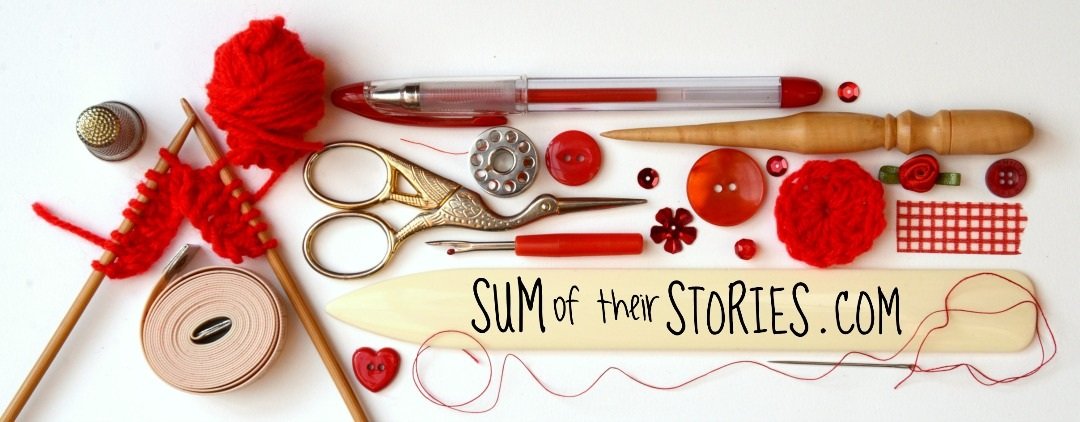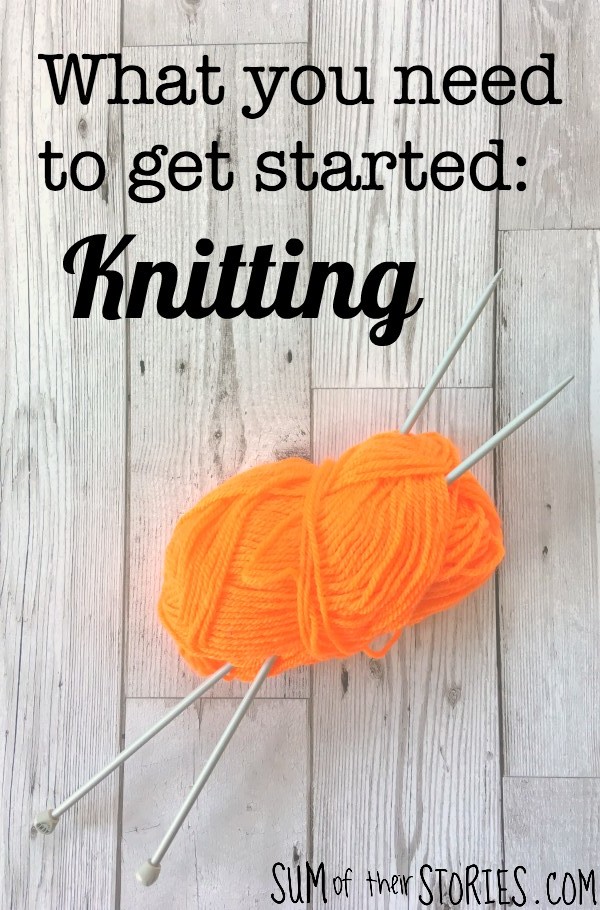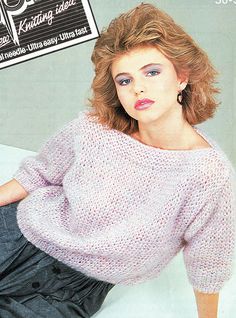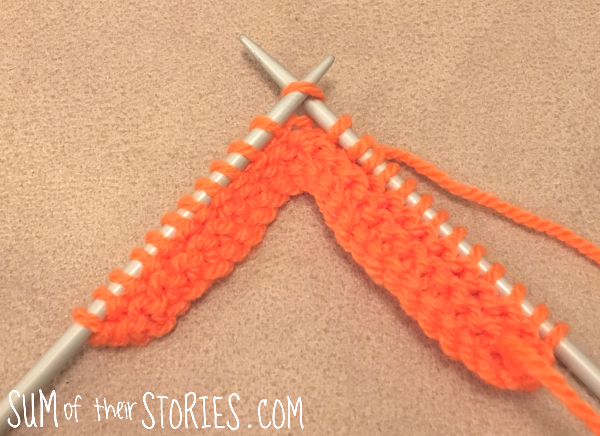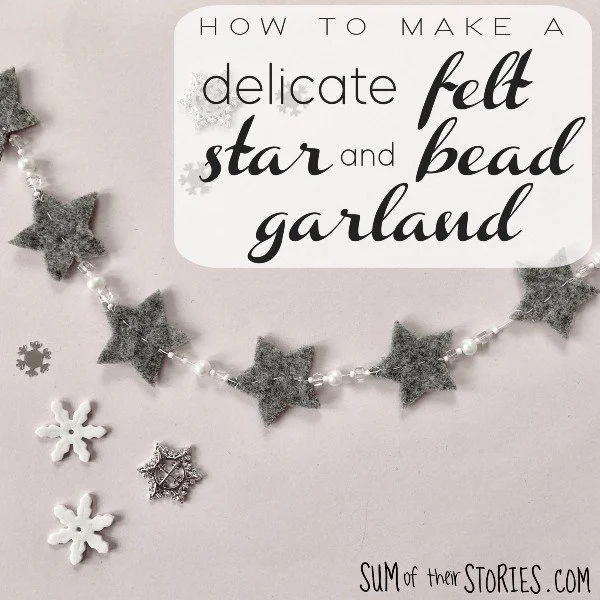What you need to get started: Knitting
/Is knitting a craft that you've always wanted to try? Let me see if I can tempt you to give it a go!
Knitting is such a traditional craft, if you do any kind of crafting with wool or yarn someone is bound to ask you how your knitting is going! It's been around since 1100 apparently and is still popular today, and for good reason. Knitting is a very therapeutic craft, it's generally quite slow as crafts go (unless you do the popular modern knitting with the massive needles and super thick yarn) and the variety of things you can make is enormous.
I was taught to knit by my mum when I was about 7 or 8. I made clothes and sleeping bags for my toys to start with. When I was about 13 I moved on to garments and remember making my first jumper. It was a fluffy pink mohair type thing, with a slash neckline and huge batwing sleeves - similar to this. Please remember we are talking early 80's here!
If you don't already knit and would like to give it a try there are just a few things you will need:
Knitting Essentials
Yarn
As I said before when talking about what you need to get started with crochet, when I was growing up we called this stuff wool, even when it wasn't made of wool! Nowadays I tend to say yarn, it's just a better general term.
Whatever you call it you will need some yarn. To start off I would recommend something plain, simple and cheap, a Double Knitting (DK) acrylic is idea. In different countries the thickness of yarn has different names, just to confuse us. A UK Double Knitting is like a light worsted or 8 ply. You want to learn with a yarn that is inexpensive, smooth, not fluffy or bobbly, and most definitely not black or navy! You will make mistakes and have to undo your work so don't spend a lot of money on anything too fancy at this stage. Something like this is ideal, any colour you like except black or navy:
Knitting Needles
Knitting is worked on 2 needles, usually both the same size. They come in all different thicknesses and are measured in mm, or given a number depending on where in the world you are. They also come in different materials, metal, plastic, bamboo and carbon fibre. Just to confuse it even more you can get single pointed, double pointed and circular needles!
As a beginner you will need 2 regular single pointed needles in a 4mm size. This will be perfect to go with your DK yarn. Something like this is what you are looking for:
You can sometimes pick up old needles at a charity shop or thrift store, it's worth a look.
Love Knitting have some great detailed information here about all the different types of needles and a conversion chart if you'd like to know more.
A Tapestry Needle
You'll need a needle to sew the ends of your yarn in and maybe to sew your pieces of knitting together. A big blunt needle with a big eye (so the yarn can go through)
Scissors
Any scissors that can cut the yarn is fine. You don't need anything special or fancy. You do want to cut the yarn though, you might be tempted to pull it to snap it but that makes it all thin and acrylic yarn can really hurt your hand as it's pretty tough stuff!
'How To' Tutorials
Once you have your needles and yarn you need to know what to do with them. If you don't have a friend who can teach you then the internet is the place to go. There are loads of tutorials out there, some are better than others. I going to recommend Love Knitting again, they have a great set of videos that show you all the basics.
You need to learn how to cast on first, you can't knit anything without casting on.
Next learn the knit stitch. Practice this for a while, don't try and do anything else until you have mastered the knit stitch. (just my advice, not the law or anything!)
How to make a simple knitted coaster - a free pattern for absolute beginners:
Cast on 20 stitches and knit 38 rows. All knit, all the same, just go back and forth. After each row COUNT YOUR STITCHES! Make sure you still have 20!
(Don't count the stitches in this photo, there are 25! I did a 25 stitch square to start with but it was a bit big so I redid a 20 stitch one but didn't photograph that as I went along! It's just as a guide to what you're knitting will look like)
When you've knitted 38 rows, go back to the Love Knitting videos and learn how to cast off. Then sew in the ends.
Ta Dah, you've made a garter stitch square coaster, put your cup of tea on it and feel very proud of yourself!
Now you can knit! You are officially a knitter! Yay!
But there is so much more to knitting, the next thing to learn will be to purl. Once you can do that then you've basically cracked it. The good news is that all knitting is a basic mix of knit and purl. The bad news is there are a million variations and extra things to learn.
Take your time, you can learn it all a little bit at a time. DO NOT try to run before you can walk. Before you know it you will:
Learn how to slip stitches and pass your slip stitches over to make holes where you want them.
Learn about a cable needle and how you can use it to make amazing twisted designs.
Learn how to increase and decrease to make shaped pieces of knitting.
Enjoy your fantastic new skill! Now you need:
Knitting Patterns
You can buy knitting patterns, charity shops often have great ones for next to nothing. You can get lovely designs as digital downloads online, you might have some knitting friends who would be happy to share their patterns with you. The internet is full of fabulous site with patterns to buy and for free. Sign up to Ravelry but try not to get overwhelmed, there is A LOT there!
Knitting magazines are also a great source of patterns and advice and are not too expensive so consider buying one or two of them.
I'd recommend starting with small items once you are ready for more than just practice squares.
Baby cardigans, hats, toys, that sort of thing. A scarf is a lovely thing to knit but they do take a while to make unless your yarn is REALLY chunky and your knitting needles are huge. As a beginner you want some quick small projects so you can see some fantastic results fairly quickly.
The last thing you need is:
Time
Once you get the hang of it you'll be hooked and will spend your days working out when you have time to knit. You'll be knitting whilst watching tv, on the train and bus, whilst sitting in the car waiting for the kids to come out of whatever activity they are at.
Love Knitting have a fun new calculator that will work out how long it will take you to finish a project. You put in your experience level, how much knitting time you have, and the sort of project you have in mind and they let you know how long it will take - genius! It's perfect for planning for Christmas gift making.
It even tells you how long that is in cups of tea or Abba songs! I'm not sure quite how scientifically accurate it is, but it is certainly a useful planning guide.
So have I tempted you to give knitting a try? Any experienced knitters out there that have anything to add? Just leave your words of wisdom in the comments below.
Julie
I'll be sharing this post at these link ups
I have written guides now with lists of what you need to get started with a few different crafts. I really don’t like the idea that you need to spend a lot of money on “all the things” before you even know if a craft is going to be one you want to take up. With that in mind I’ve tried to break it down to a list of just the bare minimum that you’ll need with tips to keep the costs down, especially at the start.
We all know that crafts can get pretty expensive once you delve right in, but don’t let that put you off trying something new.
You might also be interested in:
